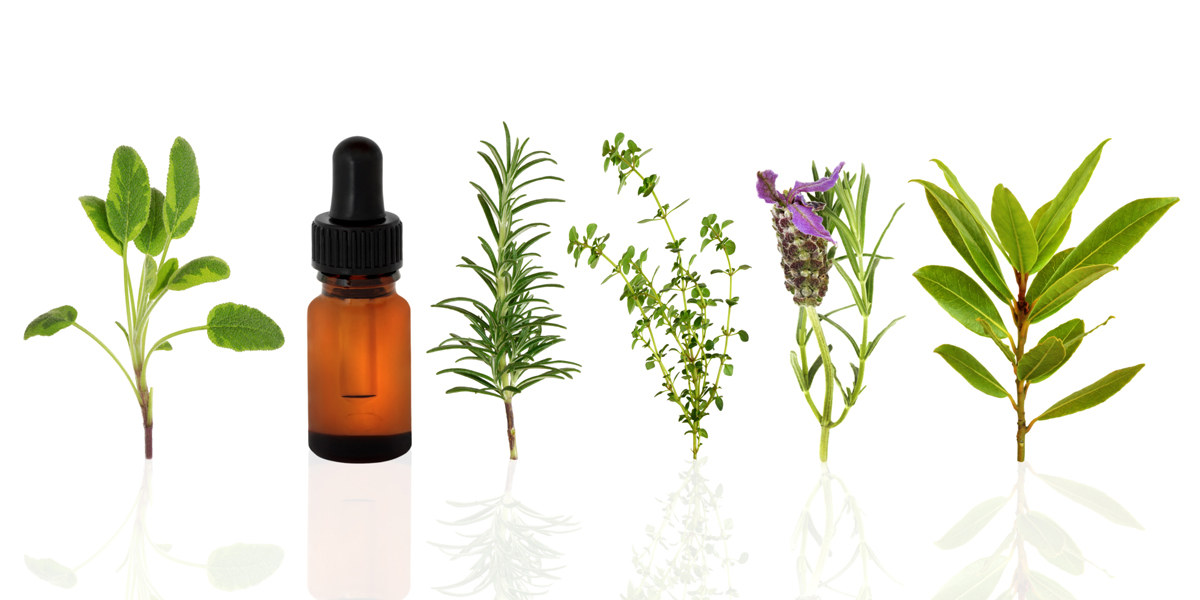Essential Oils – Terpenes and Terpenoids

So as we look to encompass as much as we can that can and readily assists us in getting our health and internal systems back to balance, we obviously go to the potentially most widely known and the most misunderstood category of naturopathic health – Essential Oils.
I found a wonderful textbook that I took the privilege of breaking it down to the essentials that we need to know and can be found in the link here (Handbook of Essential Oils Science, Technology and Applications.)
Beyond the hype, and beyond the claims there are many things that you must know to navigate through the benefits to your health (as well as the potential risks to your health) of Essential Oils. Below are the structures that make up those oils extracted that assist in promoting health and well-being to each of us.
The Low Down
Essential oils have very complex structures and several unique characteristics. Individual oils have as many as 800 different chemical constituents in their molecular makeup, all put together in such a way as to be readily available to the human body. Of these 800 components that have been identified, research into the healing properties has been done for only about 200. It is known that the others are necessary to the overall healing effect of the oils, but it is not known exactly how or why.
Even though the effects of each separate element are not completely understood, they can be roughly grouped into families according to their dominant characteristics. Essential oils can be subdivided into two distinct groups: the hydrocarbons and the oxygenated compounds.
In relation to just the terpene (aromas without the additional oil components) side of things the aroma can be separated from the oils extracted but the oil components cannot be extracted and remain in the Essential Oils category.
THE BASICS – HYDROCARBONS
Essential oils are natural aromatic compounds found in the seeds, bark, stems, roots, flowers, and other parts of plants. They can be both beautifully and powerfully fragrant. If you have ever enjoyed the gift of a rose, a walk by a field of lavender, or the smell of fresh cut mint, you have experienced the aromatic qualities of essential oils. In addition to giving plants their distinctive smells, essential oils provide plants with protection against predators and disease and play a role in plant pollination.
Essential oils are non water-based phytochemicals made up of volatile aromatic compounds. Although they are fat soluble, they do not include fatty lipids or acids found in vegetable and animal oils. Essential oils are very clean, almost crisp, to the touch and are immediately absorbed by the skin. Pure, unadulterated essential oils are translucent and range in color from crystal clear to deep blue.
In addition to their intrinsic benefits to plants and being beautifully fragrant to people, essential oils have been used throughout history in many cultures for their medicinal and therapeutic benefits. Modern scientific study and trends toward more holistic approaches to wellness are driving a revival and new discovery of essential oil health applications.
This category is made up almost exclusively by the various members of the terpene family. This family group inhibits the accumulation of toxins and helps discharge existing toxins from the liver and kidney.
MONOTERPENE
Large, light & airy compounds. These molecules tend to evaporate or oxidize quickly. Essential oils in this family are airborne deodorizers, antiseptic, decongestant and rubifacient. This is the largest group, comprising a large selection of oils many of whom belong to other families as well.
SESQUITERPENE
Have been mentioned briefly before in this text because of their ability to cross the blood/brain barrier and enter the brain tissues, nourishing and balancing as they go. In addition, sesquiterpenes are antiseptic and anti-inflammatory. Their primary action (other than in the brain) is on the liver and glandular system. Research from Germany and Austria indicate that in the presence of essential oils containing sesquiterpenes, there is increased oxygenation around the pineal and pituitary glands.
Sesquiterpenes carry oxygen molecules throughout the body and into the cells. They have the unique capability of deleting faulty information in cellular memory. Our cells often have incorrect perceptions imbedded in their memories. The rooting out of these misperceptions often eliminates the root causes of a disease, especially a chronic one, and allows permanent healing to occur.
More than two thousand sesquiterpenes have been isolated from plants to date and their structures and uses vary widely. Whatever their major function, they all are effective immune stimulants.
Each unique sesquiterpene containing oil carries it’s own unique healing and life-transforming energy signatures with it into the brain, making these oils absolutely amazing when treating chronic brain and nervous system disorders.
FARNESENE
The major characteristic of farnesenes is antiviral and antibacterial activities. Farnesene tends to inhibit the growth of bacteria, instead of killing them outright. In other words, these oils bring the body back into a state of homeostasis by eliminating excess amounts of a particular bacteria while leaving a healthy and thriving colony intact to get its assigned work done.
Candida albicans, for example, is a natural-ocurring and necessary bacteria. It is only the out-of-balance overgrowth of this bacteria interfering with the growth of other necessary bacteria colonies that make candida (yeast infections) a problem. Bacteria overgrowths such as this are only possible in an acidic environment. This makes essential oils which contain farnesene very effective in rebalancing in the the digestive tract.
LIMONENE
This is found in 90% of the citrus oils and is strongly antiviral. The antiviral activities of essential oils are invaluable! A study of the effects of limonenes against the herpes simplex and other viruses has been well-proven.
PINENE
Found in large proportions in all of the conifer oils (pine, fir, spruce, juniper berry) and is strongly antiseptic.
There are many other members of this grouping, each with its own unique characteristics.
OXYGENATED COMPOUNDS
MONOTERPENOL
Those singular aromas that contain hydrogen, carbon and oxygen atoms. Many essential oils with high percentages of alcohols are generally anti-infectious, bactericidal, and antiviral. Some may have a balancing effect. These in this categories are antiseptic, antiviral, anti-fungal and uplifting.
SESQUITERPENOL
Anti-inflammatory, cooling, grounding & supportive to body systems. Oils high in sesquiterpenols tend to be from the roots/bark of plants. The most “famous” of these is a-santanol found in sandalwood.
ESTERS
Found in nearly all essential oils, not as a main ingredient, but as a crucial part of the structure. Physically, esters are anti fungal. They have a direct calming effect on the central nervous system and can be powerful antispasmodics. Chamomile Roman contains a number of esters that are not found commonly in other essential oils.
ALDEHYDES
The main chemical features of the oils of melissa, lemongrass, citronella, and a lemony form of eucalyptus. All of these oils are very antiseptic (almost caustic, should be diluted well), calming to the nervous system, and anti-inflammatory.
KETONES
Its major function in aromatherapy is easing or increasing the flow of mucous, which is the body’s way of dealing with infections and toxins. Simply inhaling the vapors of oils containing ketones and phenols can stimulate the coughing up of mucous and phlegm. In addition, oils containing ketones are cytophylactic, meaning they aid in the generation of new cells. This makes them very important in healing burns and wounds of any sort. Ketones are also known for their cleansing and detoxifying properties.
ALCOHOLS
Among the most used molecules in aromatherapy. There is an amazing diversity among the alcohols in healing properties and fragrance, and though they are powerful therapeutic agents, they are mild and non-toxic. The usefulness of this group has continually been pointed out in scientific research.
PHENOLS
Responsible for the fragrance of many essential oils and are, usually, strongly stimulating. They are antiseptic, antibacterial, immuno-stimulating, and have strong antioxidant properties; however, they can also be quite caustic and irritating to the skin. They should be used in appropriately low doses and diluted well. Like ketones, they increase the flow of mucous.
OXIDES
Include the important family member eucalyptol (or cineole) and is almost a class by itself as far as therapeutic properties because it acts as an expectorant when needed.
All pure essential oils have some antibacterial properties because they increase the production of white blood cells, which help fight infectious diseases. Research (and my personal experience) has shown that people who consistently use pure essential oils have a higher level of resistance to illnesses, colds, flus, and diseases than the average person. Further, such individuals, if they do contract an illness, will recover faster than those who do not use essential oils.
Knowledge is power and power of that knowledge bring you health
You need to know what you are doing with anything that you want to bring into your body. Time is over that you can blindly trust the American oversight agencies on what is in the food, liquids and substances we could intake. You can receive real benefits from these essential oils along with these other health promoting compounds.

